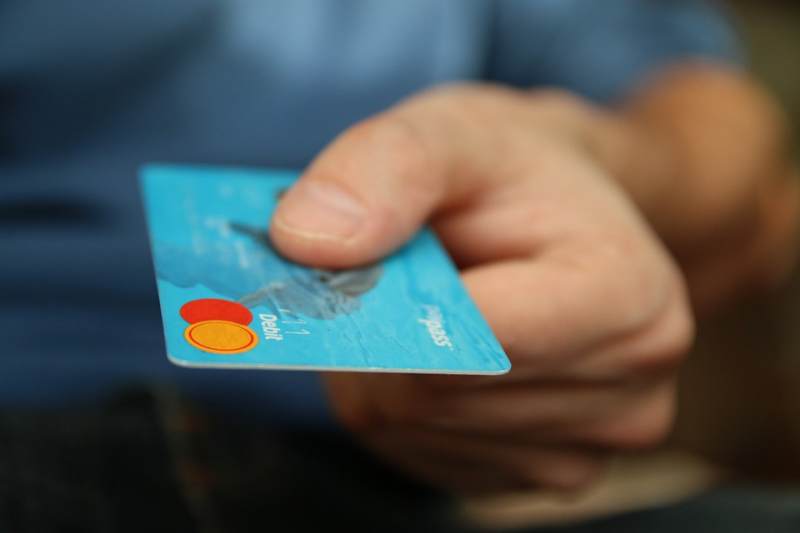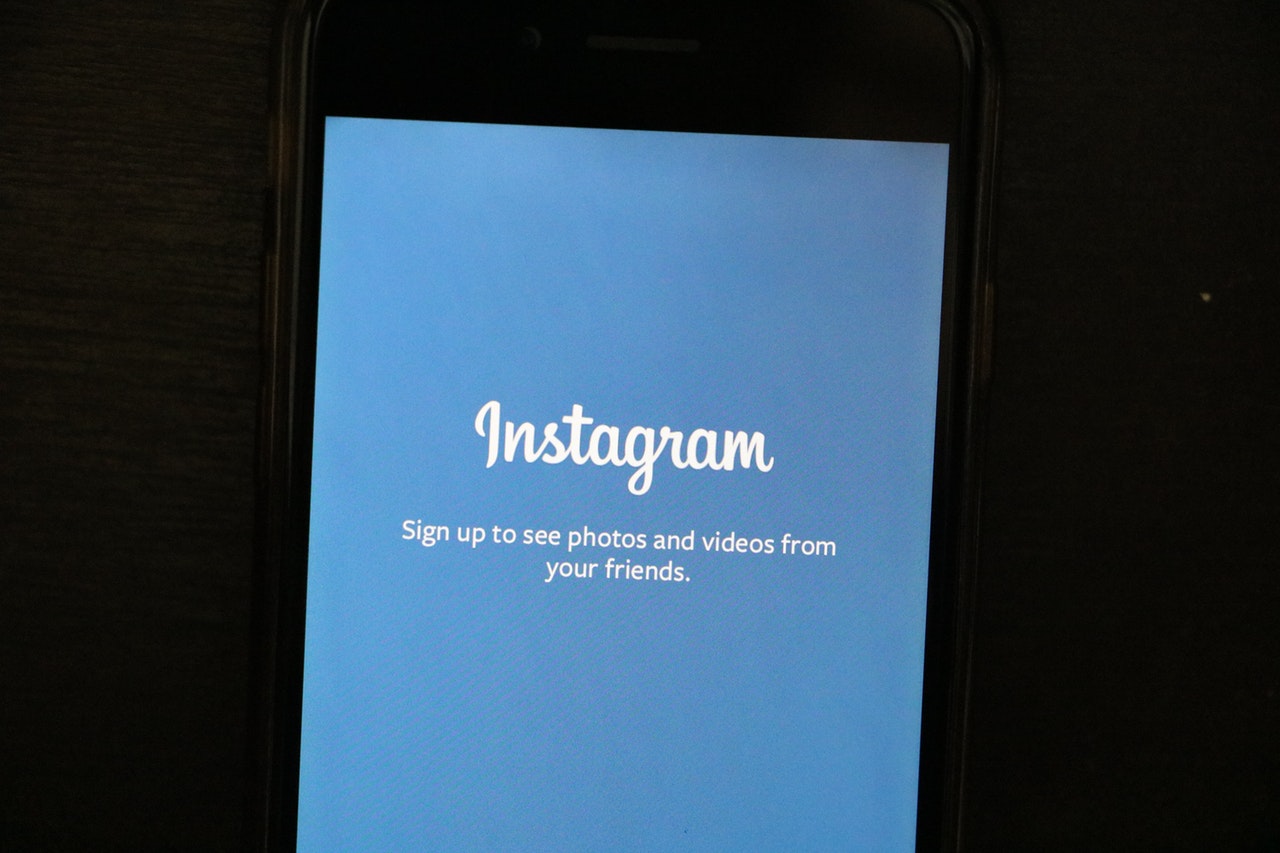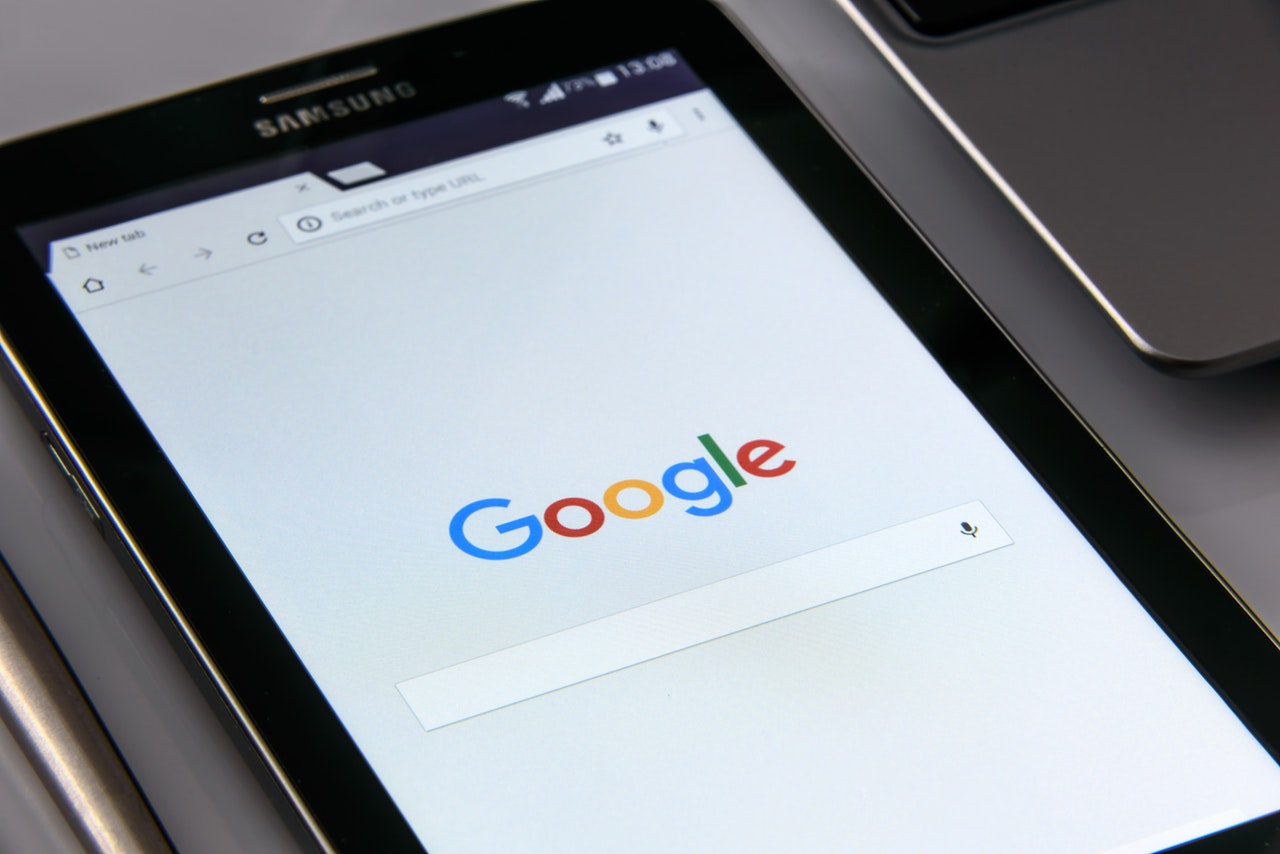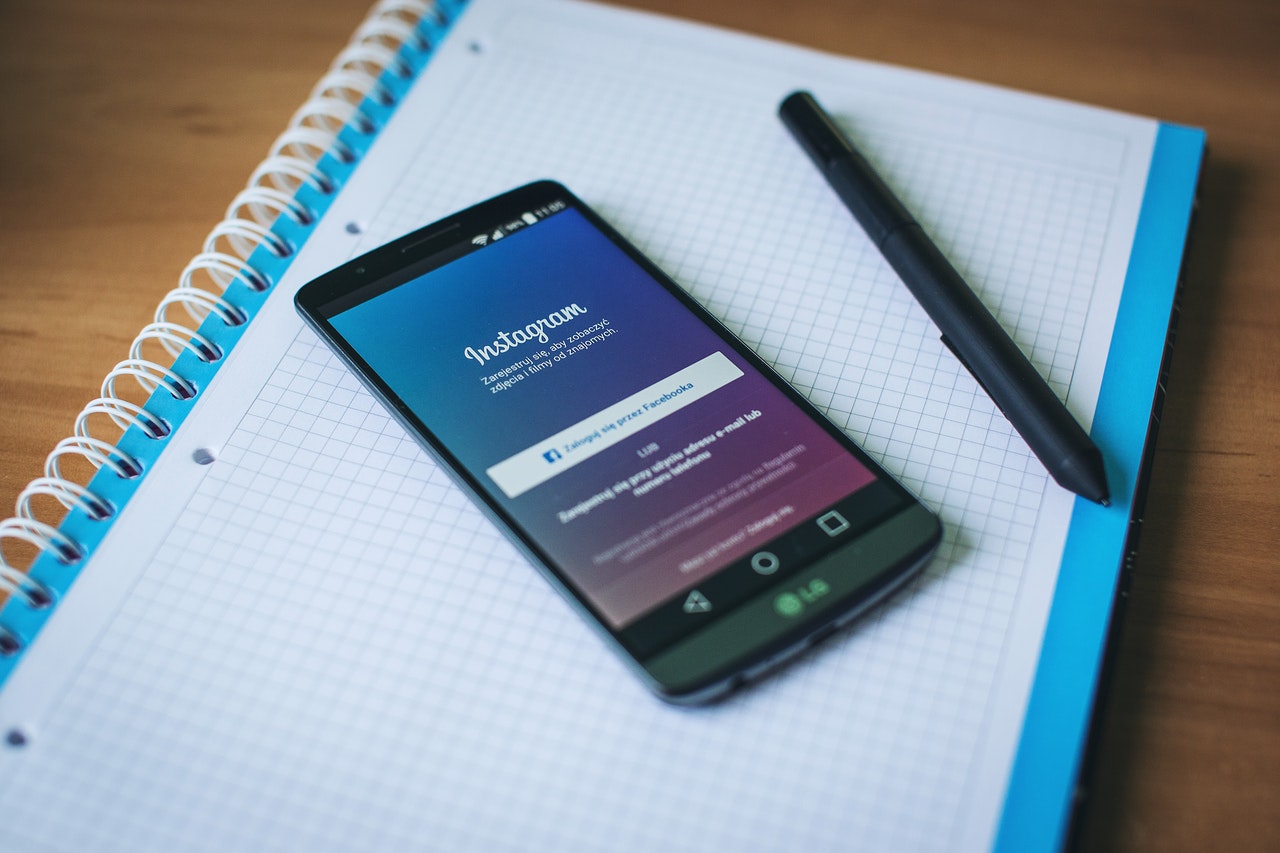“One word, love: curiosity. You long for freedom. You long to do what you want to do because you want it. To act on selfish impulse. You want to see what it’s like. One day you won’t be able to resist.”
Captain Jack Sparrow, Pirate and Master of Using Others’ Impulse for His Benefit
IMPULSE BUYING
The study of “impulse buying” is not new or unique. It has been around as long as humans have had something to buy or sell. Impulse buying has been defined as “a sudden and immediate purchase with no pre-shopping intentions either to buy the specific product category or to fulfill a specific buying task.” Marketing experts continue to improve and refine the triggers that lead to impulse buying. Think about the aisles around the checkout at the grocery store or a clearance table that has huge signs that draw your attention. Many a shopper has fallen in the snares of MBA marketing masters who have made a career out of getting you to buy things you didn’t even know you needed yet.
IMPULSE BUYING AND SOCIAL MEDIA
Study after study points to the effectiveness of social media as a tool for impulse buying. Facebook stock, for instance, continues to soar as the company continues to build on marketing success of strategic targeted ads. Twitter has also become known for its ability to allow consumers access to their favorite stars. Idols pitch their personal clothing and perfume lines, favorite wine and spirits, and the events and charities that they support. With Facebook’s plans to add a “Buy” button to its arsenal, equipping your posts or FB store to succeed in the future will give you a competitive edge.
INFO, IMPULSE, AND “LIKES”
A recent study found a link in increased impulse buying and a mixture of techniques and post likes. The primary location of study was in a Facebook “Buy/Sell” Group. The most fruitful responses came when there were features in the text of the post (completeness, formatting, current or recent, and easy to read and understand), close social relationships of the members of the group, and likes from better known members.
Let me summarize what that might look like: Popular posts from that day (maybe that half hour) in a group made up of people who really know and interact with each other regularly caused impulse purchases when the post gave simple, well formatted (professional-looking) information for why you need to buy this thing being sold…especially if someone the buyer knew personally “liked” the post.
THE B2C CONNECTION
The study also argued that the techniques that were identified would work for Business-to-customer settings on social networks. The study found that these methods are standard thought response. People buy what is popular, fresh, and getting attention, especially if they are in a social arena where people they look up to or relate to are expressing visible interest of some sort (in this case by “Likes”). Their advice: set up a store on Facebook and really focus your efforts on the text. Make it clear, concise, professional, and keep new posts coming.
I have one additional recommendation: Create an environment where people who really identify with your brand become linked together. Make your online store a social hangout spot within reason. That can happen and look a lot of different ways, but I highly recommend seeking a way that works for you and your brand. Get involved, get others involved, and keep the content coming. Consumers…consume.
ADDITIONAL RESOURCES
INTERACTIVE BRANDING CAMPAIGNS
MAP YOUR WAY TO SUCCESS WITH LOCAL CONTENT





